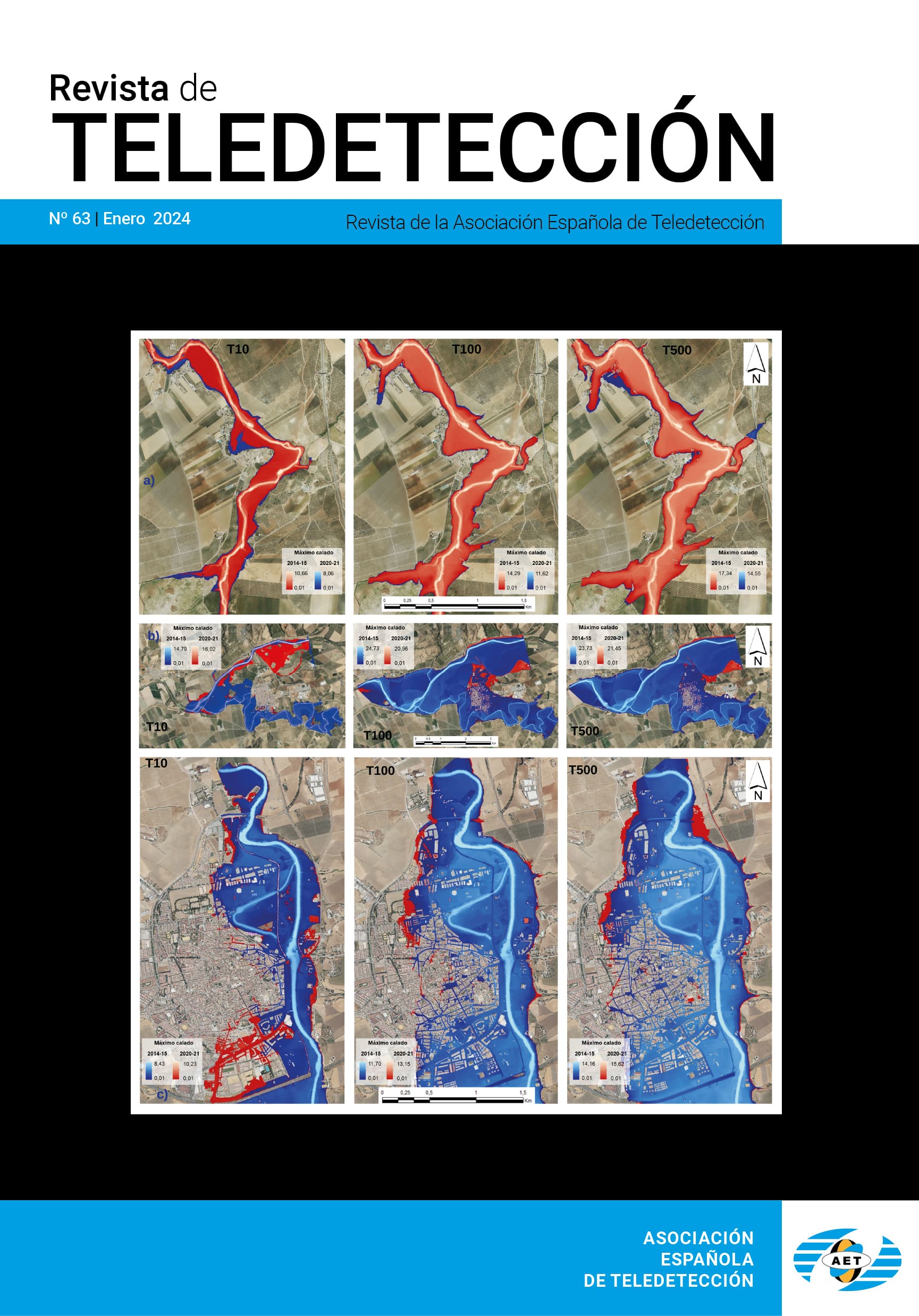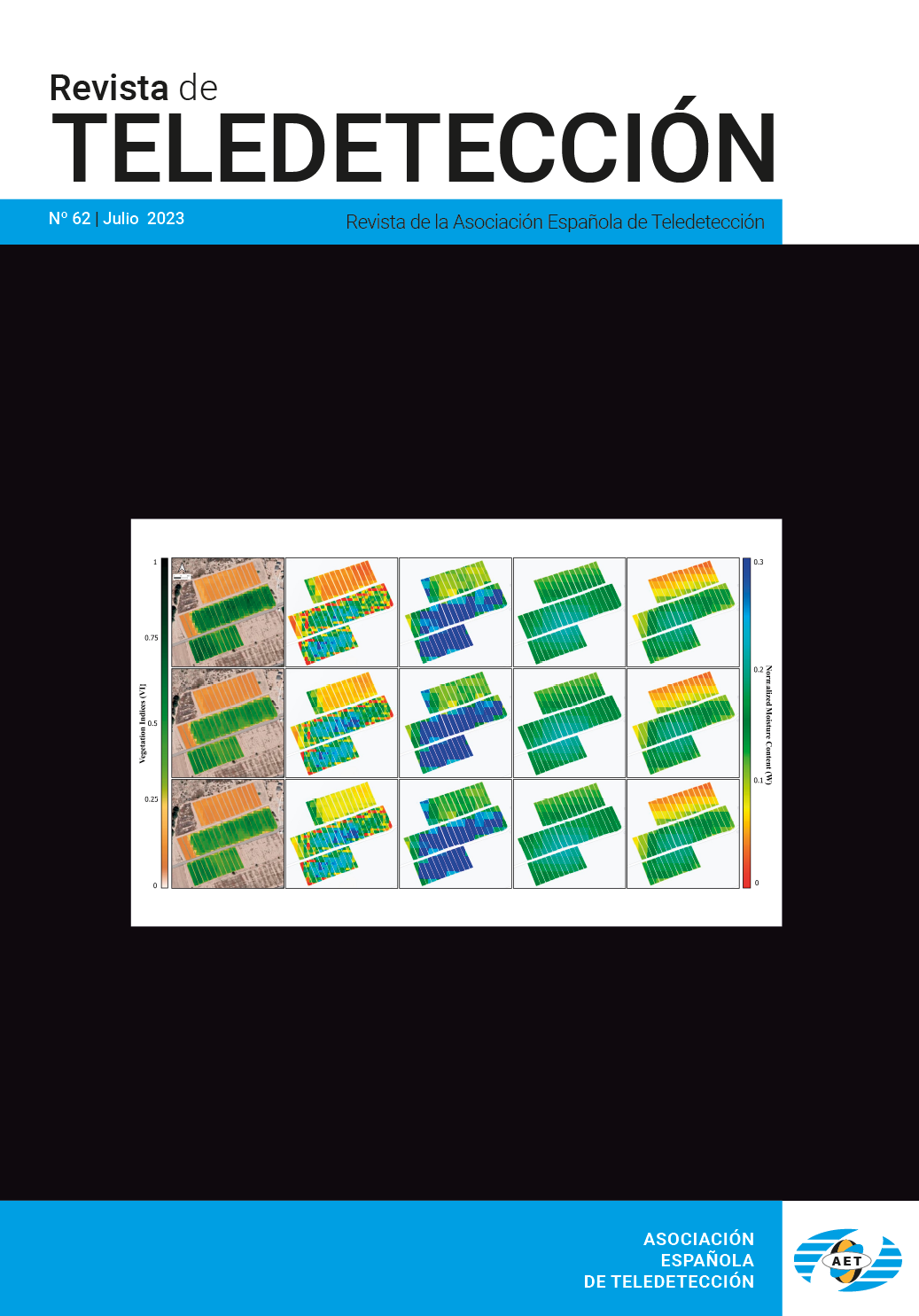La influencia del cambio de la dirección del viento sobre las estructuras oceánicas costeras al final de la estación del...
...afloramiento. Un estudio preliminar en el noroeste de la península ibérica.
I. Sordo, J. A. Triñanes, J. M. Cotos y J. Arias
RESUMEN
El área geográfica de la costa noroeste de la penín-sula ibérica (39.-43~) es la parte más al norte del afloramiento de la costa este del Atlántico Norte. En esta área el afloramiento se manifiesta en los meses de verano, coincidente con vientos de com-ponente norte. Presentamos en este artículo la situación existente en esta costa al final del aflora-miento estival del año 1995, cuando los vientos, después de 10 días de fuerte componente norte, cambian a ser intensos de sur. A partir de imágenes de temperatura superficial del mar (SST) proceden-tes de satélites NOAA, se observa la estructura térmica producida después de este cambio. En dichas imágenes se hace todavía patente la existen-cia de estructuras propias del aflora miento sobre el break de la plataforma, mientras que sobre la mis-ma, a distancias entre 15-25 km de costa, la estruc-tura es más consonante con los vientos sur medi-dos. La existencia simultánea de ambas estructuras es atribuida a la diferente inercia de las aguas bajo el forzamiento del viento. Este regirá con muy poco retraso temporal la dinámica de las aguas de plataforma, siendo necesario un tiempo mucho mayor para afectar a las estructuras más alejadas de la misma, en las que el rozamiento con el fondo tiene menor importancia.
PALABRAS CLAVE: SST, NOAA, afloramiento, apilamiento, temperatura.
ABSTRACT
The geographical area of the northwest coast of the Iberian peninsula (39°-43"N) is the northeast area affected by the eastern boundary North Atlantic upwelling. Upwelling is present in this area during summer months, because of northerly winds. In this paper we present the situation during the end of the summer upwelling in 1995. After 10 days of norther Iy winds, the wind direction changes to be from south, with increased intensity. Thermal structure is shown from sea surface temperature (SST) calculated from NOAA satellite data. In these images, upwelling structures are Jet shown over the shelf break, being the structure at 15-25 km near coast more in accordance with the meas-ured southerly winds. The existence of both struc-tures at the same time is supposed to be due to the different lag of the water dynamics under the wind forcing. On the platform, waters will follow the wind forcing with a small time time lag, being necessary much more time to alter the structures off the coast, probably because of the bottom stress influence.
KEYWORDS: SST, NOAA, upwelling, downwel-ling, temperature.
PULSE AQUI PARA DESCARGAR EL ARTÍCULO COMPLETO.




















